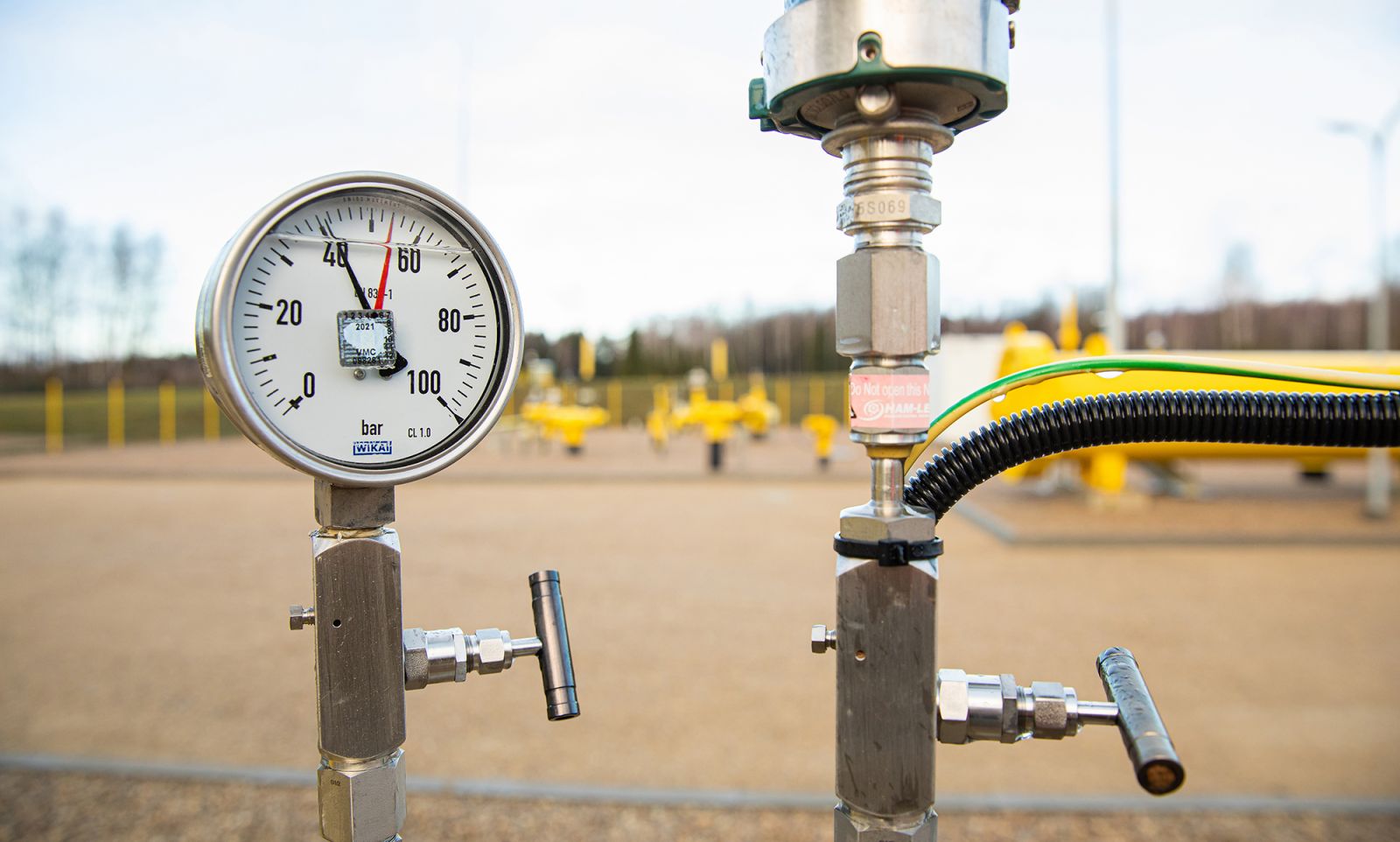The construction of the GIPL international gas pipeline connecting Lithuania and Poland that has started in January 2020 was completed. This was confirmed by the final act of completion of the construction of the GIPL project as of December 31, 2021. The entire 165 km pipeline to the Polish border is filled with the gas.
"Despite global and local challenges, we have implemented our plan and we have completed the strategic Lithuanian energy project, the construction of the GIPL pipeline, in the worth of 116 million by the end of 2021. The GIPL project will go down in the history of Lithuania's energy independence, as the long-planned infrastructure will finally ensure the integration of the Baltic gas market into the European gas market, increase energy security and create new opportunities for Klaipėda LNG terminal and technical preconditions for green transformation,” says Nemunas Biknius, the CEO of Amber Grid, the gas transmission system operator, implementing the GIPL project.
The GIPL pipeline is expected to become operational in the middle of 2022. The specific date will be announced in agreement with the Polish gas transmission system operator when the construction of the entire interconnection infrastructure is close to start-up.
GIPL will connect the Baltic States and Finland via the Estonian-Finnish gas pipeline “Balticconnector” with the European Union gas network, increase the number of accesses to alternative gas sources in the Baltic region and ensure security of gas supply and competition. Currently, the Baltic States and Finland can only purchase gas through mainland from Russia.
“By creating a gas pipeline connection between Lithuania and Europe, we aim to ensure the most important needs, security and availability of choice, of the consumers. The situation in the gas market has been very volatile recently, making the development of alternative energy transmission routes and connections with Europe stronger and safer. The GIPL will allow the participants of the gas markets of all the connected countries to ensure the efficient use of the infrastructure and, if necessary, solidarity mechanism, helping each other to supply energy and trade of green gas,” says N. Biknius.
GIPL construction in Lithuania, which took place in 2020-2021, has resulted in the gas pipeline stretching through nine municipalities from Širvintos to Lazdijai. The project was carried out by a consortium of companies Alvora and Šiaulių dujotiekio statyba. The pipeline was laid under the largest Lithuanian rivers, the Nemunas and the Neris, using the environmentally friendly HDD (horizontal directional drilling) method, with mass archeological research carried out, Santaka gas metering and pressure regulation station being built, and the pipeline in Lithuania connecting to the Polish pipeline by welding the Gold Weld at the borderline of the countries. The entire pipeline has been inspected for maximum load and filled with gas.
The total length of the international gas pipeline connection between Lithuania and Poland is 508 km, of which 165 km are laid in the territory of Lithuania and 343 km in Poland. The diameter of the pipeline is 700 mm. On the Lithuanian side, the starting point of the gas pipeline connection is located near the Jauniūnai gas compressor station near Vilnius. The pipeline in Poland will be connected to the Holowczyce gas compressor station.
The pipeline connection will create capacity of transporting up to 27 terawatt-hours (TWh) of natural gas per year to the Baltic States, up to 21 TWh per year to Poland, and the Baltic gas markets will become part of the European Union's common gas market.
The total value of the GIPL project is about 500 million euros, with the European Commission providing more than 60% of the funding of this project. Latvian and Estonian gas transmission system operators are also contributing to the financing of the project.

